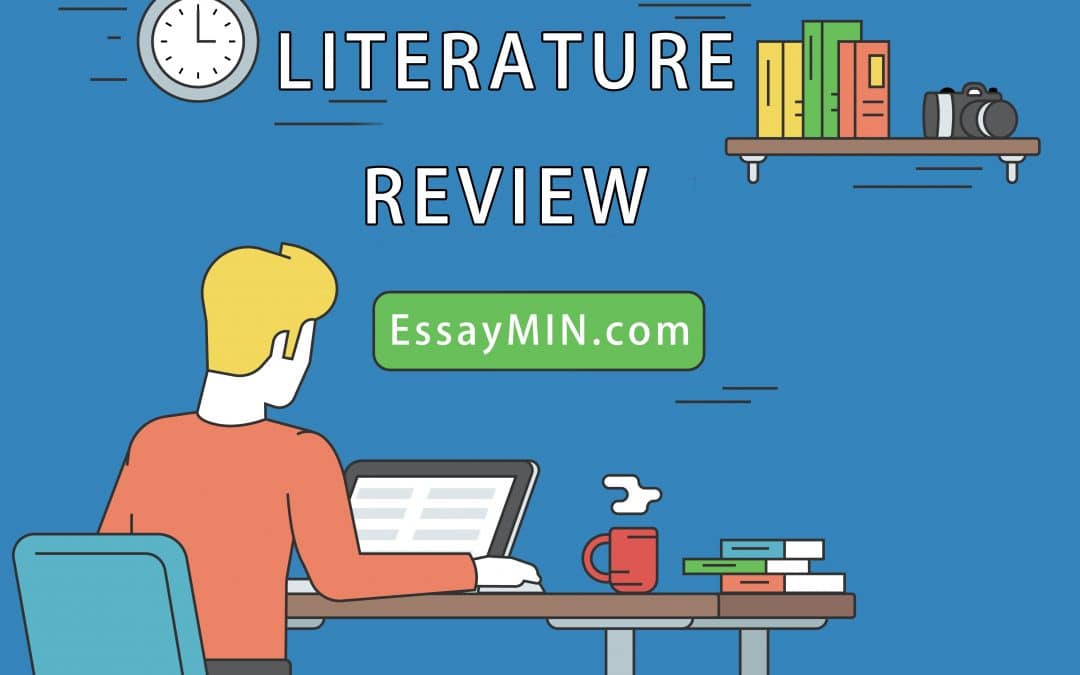A literature review can be either a summary or an explanation of a comprehensive and current state of knowledge on a limited subject matter as found in academic books and journal articles. As a student, there are two categories of literature reviews that you will be required to compose while in college. The first one, you will be asked to compose a literature review as a standalone assignment in a course, usually as part of their training on the research process in the field of study.
The second one is composed as part of an introduction, or a preparation for a long assignment, mostly a dissertation or research paper. The type of hypothesis and the perspective of your literature review or even the thesis argument you present will be determined by the type of review you are supposed to write. You can try to read published literature reviews or the first sections of research papers in your area of study so that you can understand the differences between the two categories. Make sure you evaluate the structure of their argument as you note the way various issues are addressed in the paper.
Offers your readers easy access to research on a specific subject matter by choosing world-class articles or studies that are relevant, evocative, importance and valid and summarizing them into one comprehensive report. A good literature review must be able to an excellent starting point for scholars who are just beginning to conduct their research in a new area. This is because they must summarize, evaluate and compare original research in that particular field of study. It also helps scholars to avoid duplicating the work that has been done before. A good review must offer various clues on the future state of the research and recommend areas of study where to focus, and it must highlight major key results of the research.
It must have a catchy Introduction
The introduction of a good literature review must explain the focus and establish the significance of the topic. It elaborates what type of work that is done on the subject matter and helps in identifying any controversies in the area of the study or any latest research that has raised complains about earlier assumptions. An introduction must provide a background or history that is concluded with a thesis statement.
Body
The body of the literature review must be divided into headings and subheadings. The body evaluates and summarizes the current state of understanding in the field. The body comprises the major themes or subject matter, the most significant trends, any discoveries which scholars agree or disagree. If the literature review is preliminary to your dissertation or research paper, you should strive to create an argument that will justify your proposed research.
Conclusion
This is the section of the review that recapitulates all the evidence presented in your writing and shows its importance. If you use the review as an introductory part of your research, it should highlight the gaps as it shows how the previous research directs you to your research project and the selected approach. On the other hand, if you are required to write a standalone assignment for a course, it must recommend any practical application of the research and also the inference and potentials for the future research.
Pick a working subject matter
Make sure you evaluate your particular field of study and think about the topic that interests you and what is productive ground for the study. You can consult with your tutor, brainstorm and read your lecture’s notes and latest concerns of periodicals in the field.
Reviewing the literature
After picking a working topic, it is that time to review the literature. With the help of relevant keywords, search a computer database. Make sure you use at least two databases that are relevant to your field of study. Bear in mind that the bibliography list of the lasts articles and review might result in variable essays. Make sure that you incorporate any studies contrary to your judgment.
Develop a working thesis and re-arrange your paper
Compose a one or two-line thesis that summarizes the conclusion you have made concerning the key trends and developments you come across in the research that has been conducted in your topic. Create catch headings or subheadings for review body. You can use a large table surface if your literature review is extensive. Follow the plan that you have created and make sure that every part of your review connects in a logic manner, and that you have separated your segments or sub-titles and using the work of an individual researcher.
Content of a literature review
Your literature review must be structured well, and all the arguments should flow rationally from one point to the next. Make sure that the sources and references are current and relevant, cited properly based on your area of study. Try to present your terminology and opinions on the subject matter in an unbiased and complete way. Make sure you incorporate the following info in your review.
- Give an outline of the subject matter, issue, or the hypotheses under consideration
- Divide your outside works into parts and ideas that are in support or against a specific position
- Finish the review with a good conclusion. This helps your readers to understand your review and contributes to the development of the topic.
- The manner in which your evidence or material is presented in the review must show that you are:
- Choosing and quoting the most appropriate material for your topic and thesis statement
- Making sense of the citation in the context of your thesis statement
- Introducing and incorporating relevant citations into your review
- Concentrating on the language of citations in the interpretations
With the help of quotations, situate your research in a broad narrative. The meticulous usage of quotations reflects your decision that will present a greater emphasis to either reported author or the reported messages.





Recent Comments